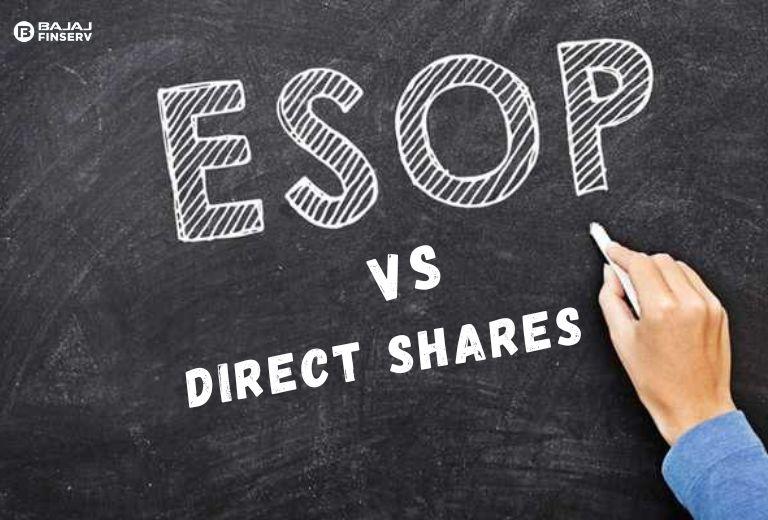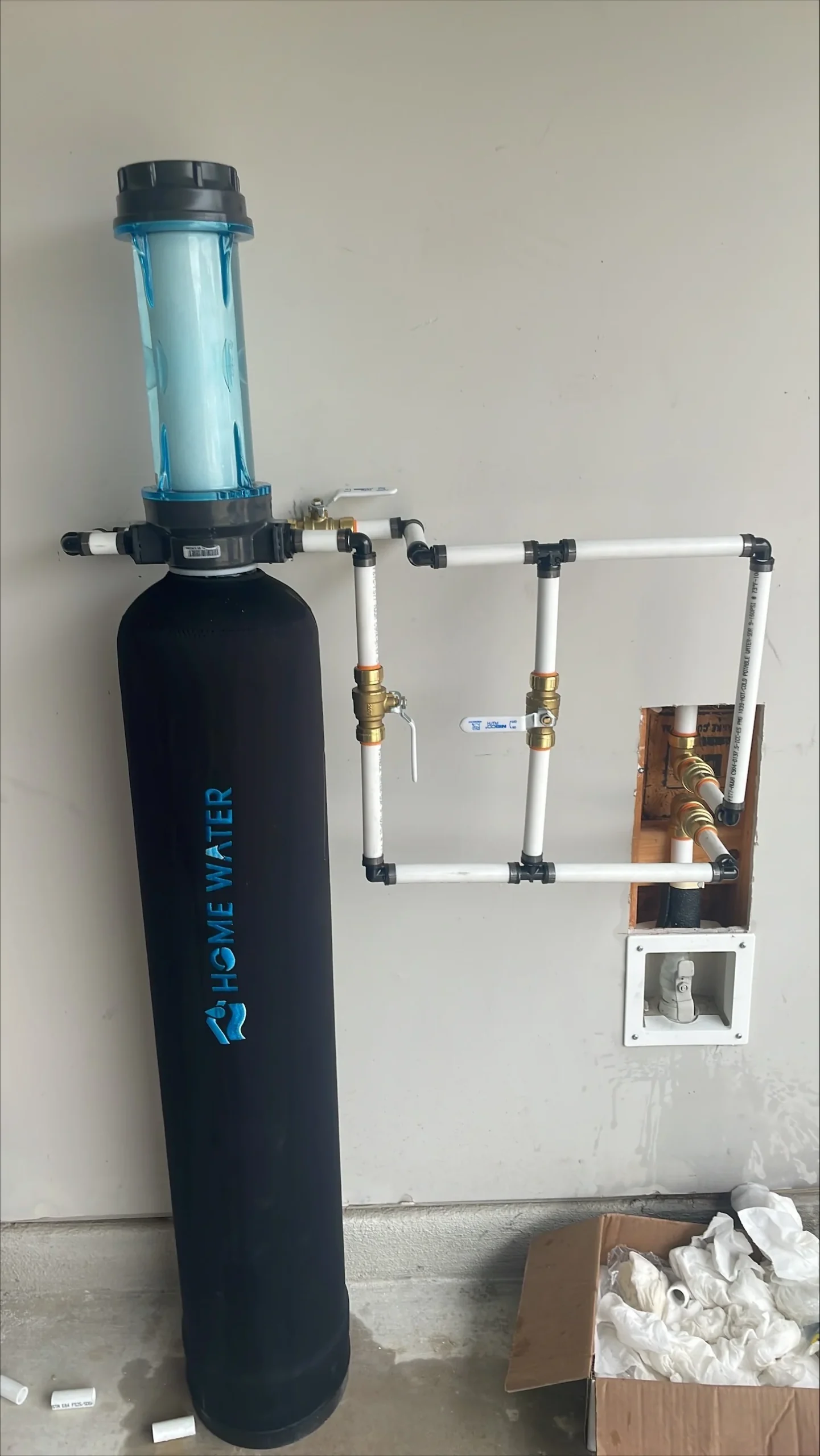When it comes to securing a sound financial future, investment decisions play a crucial role. Among various investment avenues, stocks are often a primary choice for individuals looking to build wealth. However, within this realm exist different mechanisms for acquiring stock ownership: employee stock options (ESOs) and direct share purchases. Understanding the pros and cons of each can guide you toward making a more informed decision about your financial future.
Understanding Employee Stock Options (ESOs)
An employee stock option is a benefit often provided to employees, granting them the right to buy company shares at a predetermined price within a specified timeframe. This instrument serves a twofold purpose: it offers employees a sense of ownership and augments their potential earnings, while simultaneously aligning their interests with the company’s success.
Key Characteristics of ESOs:
1. Exercise Price: Also known as the strike price, this is the fixed price at which employees can purchase the company stock regardless of the current market price.
2. Vesting Schedule: Typically, ESOs are subject to a vesting period, meaning employees gain the right to exercise their options only after they have worked for the company for a specified duration.
3. Expiration Date: If the options are not exercised by this date, they expire worthless.
Pros of Employee Stock Options
1. Potential for High Returns: If the company’s stock performs well, employees stand to gain significantly since they can buy the stock at a price lower than the market price.
2. Incentive Alignment: ESOs align employees’ interests with those of the shareholders, motivating them to work toward boosting the company’s performance.
3. Deferred Tax Liability: Taxes on ESOs are generally deferred until the options are exercised and the shares are sold, often providing tax planning advantages.
Cons of Employee Stock Options
1. Market Risk: If the company’s stock underperforms, ESOs may become worthless, with employees missing out on financial gains.
2. Complexity: The conditions and fine print associated with ESOs can be complicated, often requiring financial advice for informed decision-making.
3. Tax Implications: Exercising the options and selling the shares can result in significant tax liabilities, affecting net returns.
Understanding Direct Shares
Direct shares, on the other hand, involve the straightforward purchase of stock directly from the market. This can be done through brokerage accounts or stock purchase plans. Unlike ESOs, direct share purchases don’t come with strings attached like vesting schedules or expiration dates.
Key Characteristics of Direct Shares:
1. Market Price Purchase: Shares are bought at the existing market price.
2. Immediate Ownership: There’s no waiting period, meaning investors gain all associated rights and benefits, such as dividends, immediately upon purchase.
Pros of Direct Shares
1. Simplicity: Direct share purchases are straightforward transactions, making them easier to understand compared to ESOs.
2. Liquidity: Investors can buy and sell shares anytime, providing a higher level of liquidity compared to ESOs, which are bound by exercise dates.
3. Immediate Benefits: Direct shareholders have immediate voting rights and eligibility for dividends, contributing to a sense of ownership without delay.
Cons of Direct Shares
1. Initial Capital Requirement: Purchasing shares directly requires upfront capital, which may not be feasible for everyone.
2. Market Risk: Direct share investments are susceptible to market volatility, and poor stock performance can lead to financial losses.
3. No Leverage: Unlike ESOs, which offer potential high gains with no initial investment, direct shares necessitate an immediate financial outlay with no leverage.
Balancing ESOs and Direct Shares
Both ESOs and direct share purchases have their own merits and limitations. The choice largely depends on individual financial goals, risk tolerance, and investment horizon. Here are a few considerations to make an informed choice:
1. Assess Your Financial Situation: If you have sufficient capital and seek immediate ownership with liquidity, direct share purchases might be a more suitable option. Conversely, if you prefer leveraging opportunities offered by your employer with no initial investment, ESOs could be advantageous.
2. Evaluate Your Risk Tolerance: Both forms of stock ownership carry market risks. Understand your risk appetite before diving in. ESOs might be riskier in terms of potential worthlessness but carry high upside potential. Direct shares offer more control and immediate liquidity.
3. Understand Tax Implications: Tax liabilities differ between ESOs and direct shares, often impacting net returns. Consulting a tax advisor can help navigate these nuances effectively.
4. Consider Diversification: Depending on a single type of investment can be risky. Diversifying between ESOs, direct shares, mutual funds, and other financial instruments like a loan on mutual funds can provide a balanced approach to asset allocation.
Streamlining Financial Decisions with the Bajaj Finserv App
Managing your investment portfolio, including options like employee stock options (ESOs) and direct shares, becomes easier with the Bajaj Finserv app. This user-friendly app allows you to track stock market trends, manage your financial goals, and explore tailored investment solutions. Whether you’re evaluating the tax implications of ESOs or comparing direct share purchases, the app offers financial tools and insights to help you make well-informed decisions. With seamless access to loans, calculators, and financial products, the Bajaj Finserv app simplifies every step of your financial journey.
Conclusion
Deciding between employee stock options and direct shares requires a comprehensive understanding of both. While ESOs offer high upside potential with no initial investment and can motivate employees through ownership incentives, they come with complexities and conditions that need careful navigation. Direct shares, on the other hand, provide straightforward ownership with immediate benefits but require upfront capital and are subject to market volatility.
Your financial future is largely shaped by how well you balance these investment choices, aligned with your financial goals, risk tolerance, and personal circumstances. Whether you opt for ESOs, direct shares, or a mix of both, make sure to thoroughly analyze each avenue and possibly seek advice from financial experts for an optimized investment strategy.






